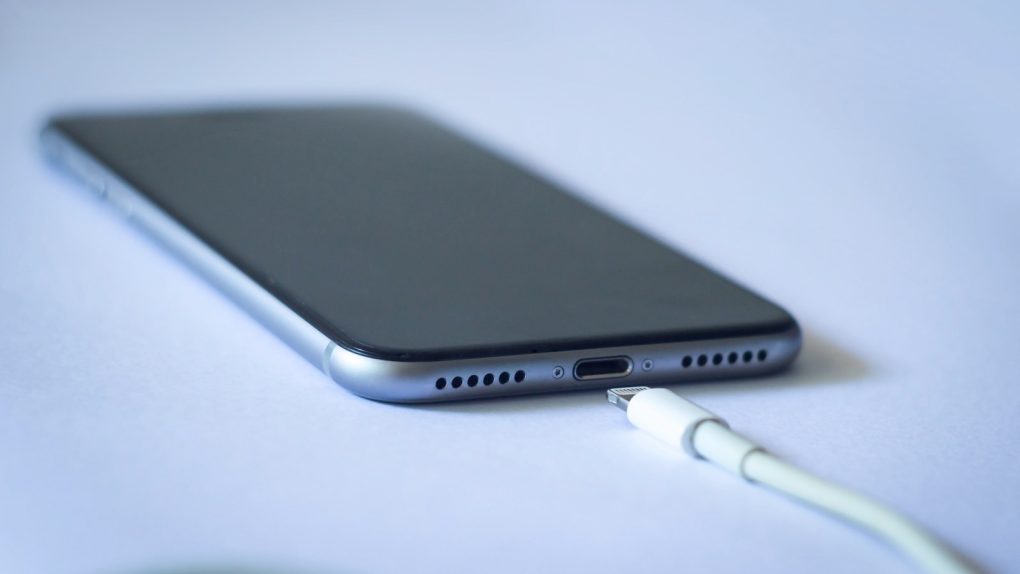We’ve all been there, deciding to charge our iPhones even when they didn’t need a top-up just to make sure that we don’t run out of battery while we’re out and about. Once your battery dies on you the first time, you do everything you can to make sure it doesn’t happen again.
Low-battery fear is real, and many people experience it while using their mobile devices. Your phone’s battery doesn’t even have to drop that low for the fear to kick in. Thankfully, Apple is studying ways to improve our iPhone battery charging experience, with a new discovery indicating that Apple is working on some fantastic new ideas. A future version of iOS could track our typical iPhone usage habits and warn us to recharge our devices if it seems like the remaining charge won’t last until the time we typically recharge our phones each day.
iOS already includes a smart battery charging feature meant to improve the health of the battery, one that you should enable right away. Called Optimized Battery Charging, the feature uses your daily routines to determine when to finish the final 20% of a charge. The phone will stop charging once it reaches 80% and then finish charging just in time for you to pick it up. This feature is great for charging the phone overnight because charging will be completed right before you wake up. A similar feature is available on Macs running Big Sur. The operating system will determine if the laptop is used on battery or not and stop charging at a percentage well below 100% to protect the battery’s health.
A patent titled Smart advice to charge notification, first discovered by Apple Insider, was just awarded to Apple. It describes technology that would allow iOS to determine the user’s iPhone habits and predict when the battery might run out.
As it stands right now, the phone only informs the user if the charge drops below 20% and then again at 10%. The feature Apple describes in the patent would go beyond that, offering a more critical estimate. It would tell the user whether the current battery charge is enough to last until the next expected recharge, regardless of the current percentage.
A feature like this could help address low-battery anxiety, as the user would know the handset will provide notifications if it thinks the remaining charge won’t last. The intelligent charging feature could also prevent users from leaving home without enough battery life — from the patent:
For example, if a user typically charges her smart phone at night, but forgets to do so on one occasion, receiving a ‘battery low’ indication just before leaving for work the next day does not leave the user time to charge her phone before work.
The more consistent a person’s daily routines and charging habits, the better the smart charging system would work.
A premise of this disclosure is that, for a given day of the week, a user’s patterns in charging are very predictable over time. For example, on Monday through Friday, a user may charge her computing system when she arrives at work at 8:30 a.m., and then charge her computing system again before going to bed at about 10:00 p.m. Similarly, a user may have a different pattern on weekends when she does not work.
Apple explains in the patent that information such as anonymized location data could help the phone learn whether the user is more likely to charge the phone at home or work, and adapt notifications to take that information into account:
For example, if a user typically charges at 8:30 a.m., it is likely that the user is at work. The computing system can detect and store an anonymized location that is known to the computing system as ‘at work.’ In an embodiment, an anonymized location can be given a universally unique identifier (UUID) that is associated with a specific location, e.g. GPS coordinates, WiFi identifier, or cell towers, indicating a physical location that the computing device can identify as ‘home,’ ‘work,’ or other relevant location. Similarly, if a user typically charges at 10:00 p.m. at night, and stops using the computing system for a 6 to 8 hours, it is likely that the user is at home. The computing system can store an anonymized location that is known to the computing system as ‘at home.’ Similarly, the computing system can store an anonymized location that is known to the computing system as ‘at work.’
This type of technology could end up being the best thing to happen to the iPhone in years, as it would provide various direct and indirect benefits. The obvious advantage is that users would have less anxiety over battery life. Secondly, this type of solution might lead to other innovative battery features, such as allowing the operating system to automatically trigger battery-saving modes to extend the battery life throughout the day. Thirdly, by increasing battery charging efficiency, Apple could reduce unnecessary charge cycles and extend the health of the battery. That would be great news not just for iPhone users who want to keep their devices for years, but also for Apple’s environment-related programs. This is all just speculation, however.
Android device makers have tackled battery problems in two ways. First, they have increased battery sizes year after year, but capacity can only grow so much. Secondly, they’ve increased battery charging speeds for both wired and wireless charging. That’s great in theory, but in practice, it can harm battery health. Apple hasn’t matched those speeds, offering more limited upgrades for wired and wireless charging speeds in recent years.
There’s no guarantee that Apple will use the technology described in this patent in upcoming iOS versions, but the company certainly seems interested in more intelligent battery charging technology on its devices.








